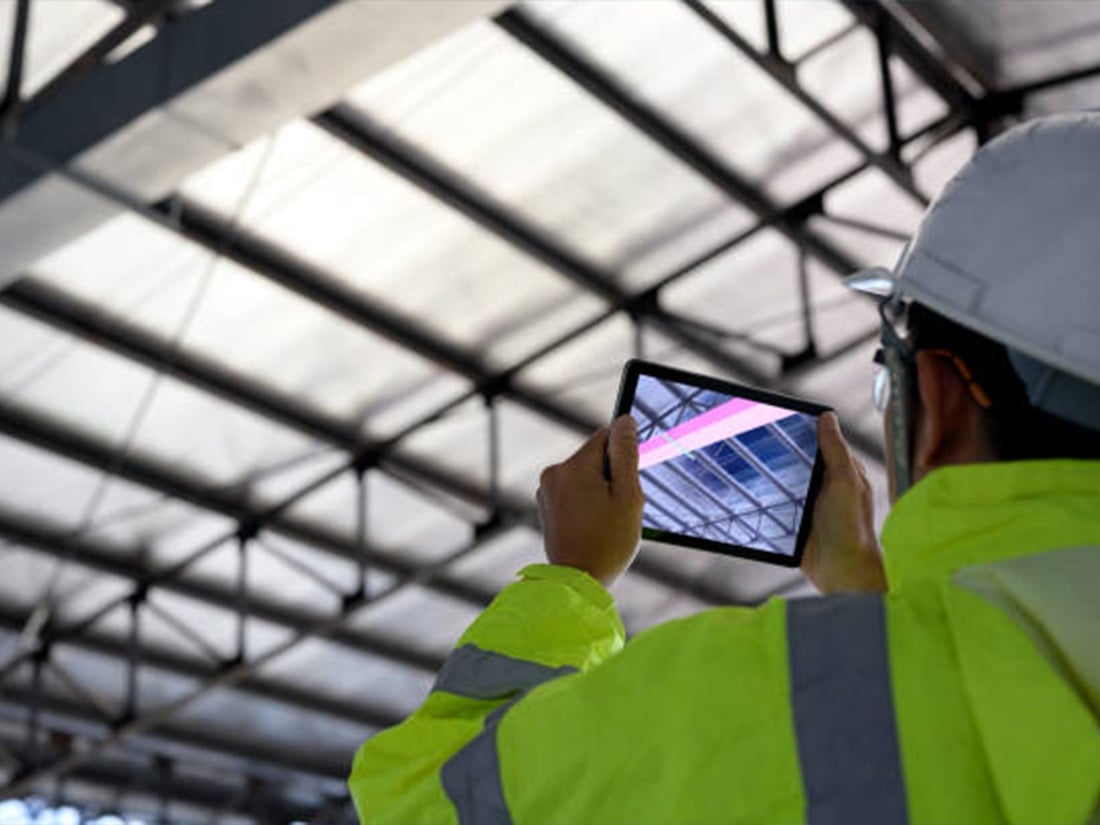Introduction: Exploring the Concept of Virtual Inspections
Virtual inspections have gained significant popularity in recent years, revolutionizing various industries and changing the way we evaluate and assess different properties and assets. In this article, we will delve deeper into the world of virtual inspections, their benefits, and the process involved. Whether you are a real estate professional, a homebuyer, or a business owner, understanding virtual inspections is essential in today's fast-paced digital world.
The Definition: What Exactly is a Virtual Inspection?
A virtual inspection refers to the process of assessing and evaluating a property or asset remotely, using digital tools and technologies. Instead of physically visiting the location, virtual inspections utilize digital platforms to provide a comprehensive view of the property's condition, features, and potential issues. This innovative approach has gained immense popularity due to its convenience, efficiency, and cost-effectiveness.
The Benefits: Why Should You Consider a Virtual Inspection?
1. Time and Cost Savings: Virtual inspections eliminate the need for travel, saving both time and money. Whether you are a real estate agent or a homebuyer, you can efficiently evaluate multiple properties without physically visiting each one.
2. Enhanced Accessibility: Virtual inspections allow people from different locations to access and evaluate properties without any geographical limitations. This is particularly beneficial for international buyers, investors, or individuals with mobility issues.
3. Safety and Security: In situations where physical inspections may be risky or impossible, such as during pandemics, natural disasters, or in high-security areas, virtual inspections provide a safe and secure alternative.
4. Efficient Decision-Making: By providing a comprehensive view of the property, virtual inspections enable quick and informed decision-making. Real estate agents can identify potential buyers, and buyers can eliminate properties that do not meet their criteria, saving time for all parties involved.
The Process: How Does a Virtual Inspection Work?
1. Initial Planning: The virtual inspection process starts with scheduling and planning. The property owner or agent coordinates with the inspection team to determine the date, time, and specific areas to be covered.
2. Collecting Visual Data: During the virtual inspection, the property is visually captured using high-definition cameras, drones, or 3D scanners. These tools capture images, videos, or 3D models, providing a detailed representation of the property.
3. Remote Assessment: The collected visual data is then shared with the relevant parties, such as buyers, investors, or inspectors, through secure digital platforms. They can remotely assess the property, zoom in on specific areas, and make notes or annotations as needed.
4. Communication and Collaboration: Virtual inspections often involve real-time communication between the inspection team and the relevant parties. This allows for immediate clarification of any concerns or questions that arise during the assessment process.
5. Report Generation: Once the virtual inspection is complete, a detailed report is generated, including images, videos, or 3D models, along with any additional notes or annotations. This report serves as a comprehensive record of the property's condition, which can be shared with interested parties.
The Industries: Where are Virtual Inspections Widely Used?
1. Real Estate: Virtual inspections have become an integral part of the real estate industry, allowing agents and buyers to remotely explore properties and make informed decisions.
2. Construction and Engineering: Virtual inspections play a crucial role in construction and engineering projects, enabling project managers to monitor progress, identify potential issues, and ensure compliance with specifications.
3. Insurance: Insurance companies utilize virtual inspections to assess damages, process claims, and determine coverage accurately, without the need for physical inspections.
4. Facilities Management: Virtual inspections help facilities managers ensure proper maintenance, identify repair needs, and track asset conditions across multiple locations.
The Future: What Lies Ahead for Virtual Inspections?
As technology continues to advance, virtual inspections are expected to become even more prevalent across various industries. Innovations such as virtual reality (VR) and augmented reality (AR) are likely to enhance the virtual inspection experience, providing a more immersive and interactive assessment process. Additionally, the integration of artificial intelligence (AI) algorithms may automate certain aspects of virtual inspections, further streamlining the process and increasing accuracy.
Conclusion: Embracing the Power of Virtual Inspections
Virtual inspections have revolutionized the way we assess and evaluate properties and assets. With their numerous benefits and cost-effective nature, virtual inspections have become an essential tool for real estate professionals, homebuyers, and businesses across different industries. By understanding the concept, benefits, and process of virtual inspections, you can leverage this innovative approach to make more informed decisions and save valuable time and resources.

